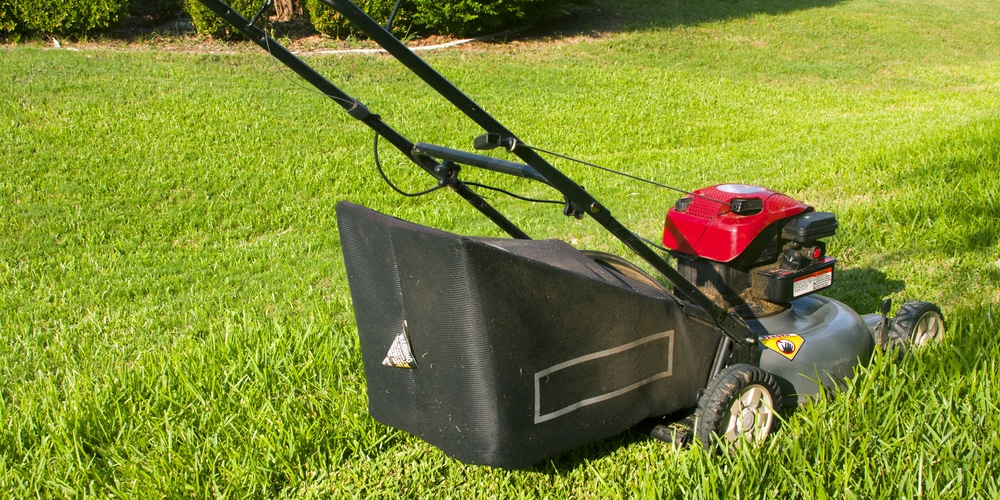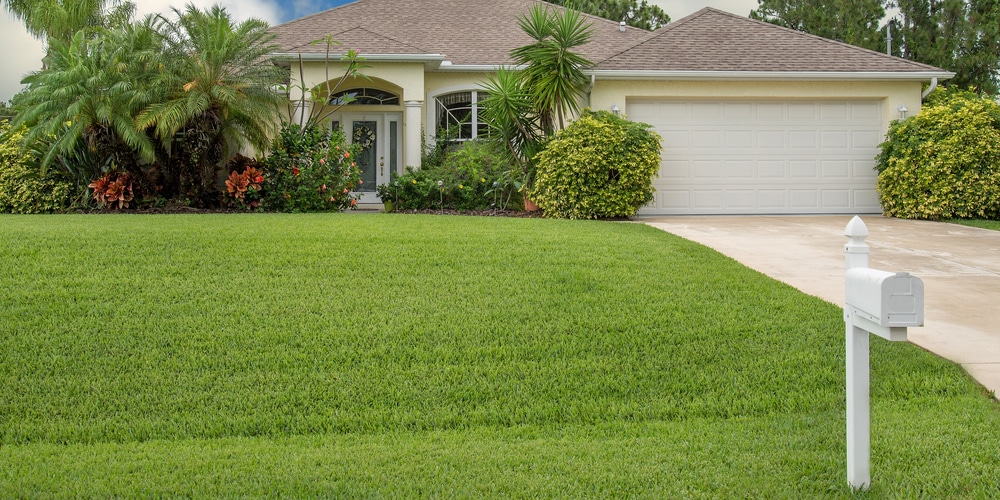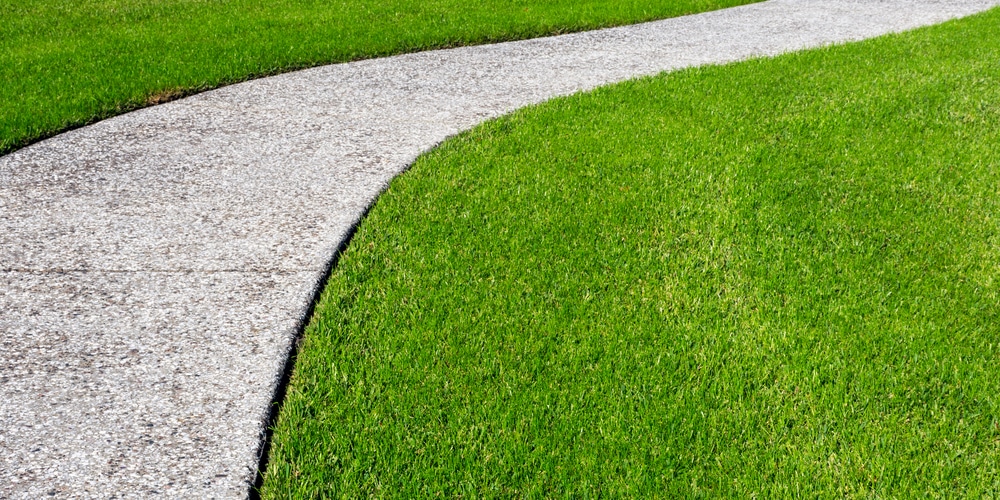First-time grass mowers and lawn owners will generally want to know, ‘should you edge or mow first?’
Is there a ‘correct order’ to mowing or edging your lawn, or can you do what you want? Let’s find out the answer below.
Should You Mow or Edge First?
So, should you edge your lawn or mow first? The answer to that question is entirely up to you. The truth is that there’s not a right order to maintain your grass- you can mow, then edge or edge, then mow, and it won’t make a huge difference.
Some people say that you should edge your lawn first so you won’t have to do as much clean-up after mowing. Edging the grass leaves clippings on the sidewalk or driveway, which will likely be sucked up by the mower and deposited into the yard. You might save time and effort having to clear out the debris afterward.
Other people advise that you mow first, then edge your lawn in order to get a clearer picture of where the grass has gone rogue. This process makes edging easier as you won’t have to guess where your turf abuts the walkway, sidewalk, or walkway. More importantly, it’s recommended that you mow first, then edge if the lawn has grown out of control as edging tall grass will likely result in botched cuts.
The bottom line is that each approach has its pros and cons. Mowing, then edging gives you a clearer line of sight so you can get a neater lawn while edging then mowing equals less debris in the end.
Do You Edge Every Time You Mow?
The short answer is that you don’t need to edge your lawn and set boundaries every time you mow.
Edging a lawn ensures that your turf looks crisp and orderly. It’s a process that keeps the grass in check and prevents the grass from getting to the sidewalk or driveway.
You’ll know your lawn needs edging if the grass is growing on adjacent surfaces such as the flower bed or sidewalk. Technically speaking, you can edge every time you mow to keep up a neat lawn appearance. You won’t have to edge all the grass as well- just take out problem areas and keep the line.
For those who simply don’t have the time to edge, it’s generally recommended that you inspect your lawn every second or third mow and see if there’s any grass spilling out where it shouldn’t be. Also, grass tends to grow faster in the spring season and when you regularly feed your lawn.
4 Tips to Mow and Edge Properly
Edge on the Adjacent Surface
Edging is more about precision and keeping a straight line than just chipping away at the end of the grass area. To keep a clear line of sight from the border, it’s best that you stand on the sidewalk or driveway.
Go Slowly
Although mowing and edging are considered laborious tasks, you shouldn’t speed up or recklessly complete the action, especially if you want a beautiful lawn.
Mistakes in edging are more obvious than in mowing, so it’s best to reserve some of your energy for concentrating and focusing on the task. That said, you should maintain full control of the edging tool or equipment even if it means taking a break now and then.
Alternate Your Mowing Pattern
It helps to have a pattern you can follow every time you mow the grass. Map a route, then make sure that the grass is mowed as intended. The next time you mow, you should alternate or do the opposite pattern to prevent the grass from matting in one direction. Furthermore, the tire marks on the ground won’t be as noticeable if you change how you mow each time.
Set the Mower to the Right Height
You might be tempted to cut the grass to an inch to achieve a perfectly manicured look, but doing so will bring you more problems than benefits. Your grass and its roots won’t be as healthy, and you’d be inviting weeds and low-growing plants into your yard.
Mowing to a height of two to three inches is recommended for most types of grass. Doing this ensures a healthy and green turf.


